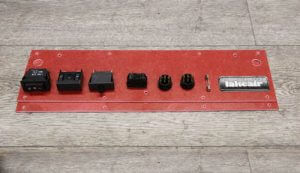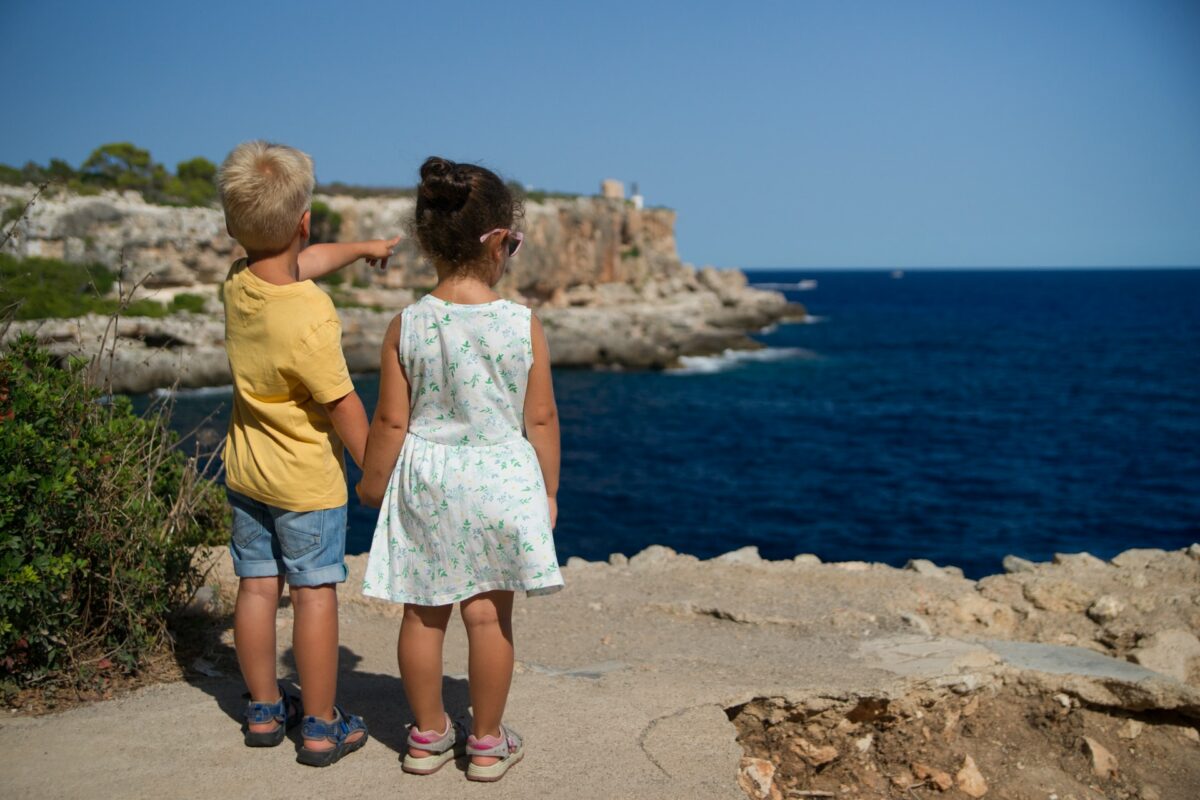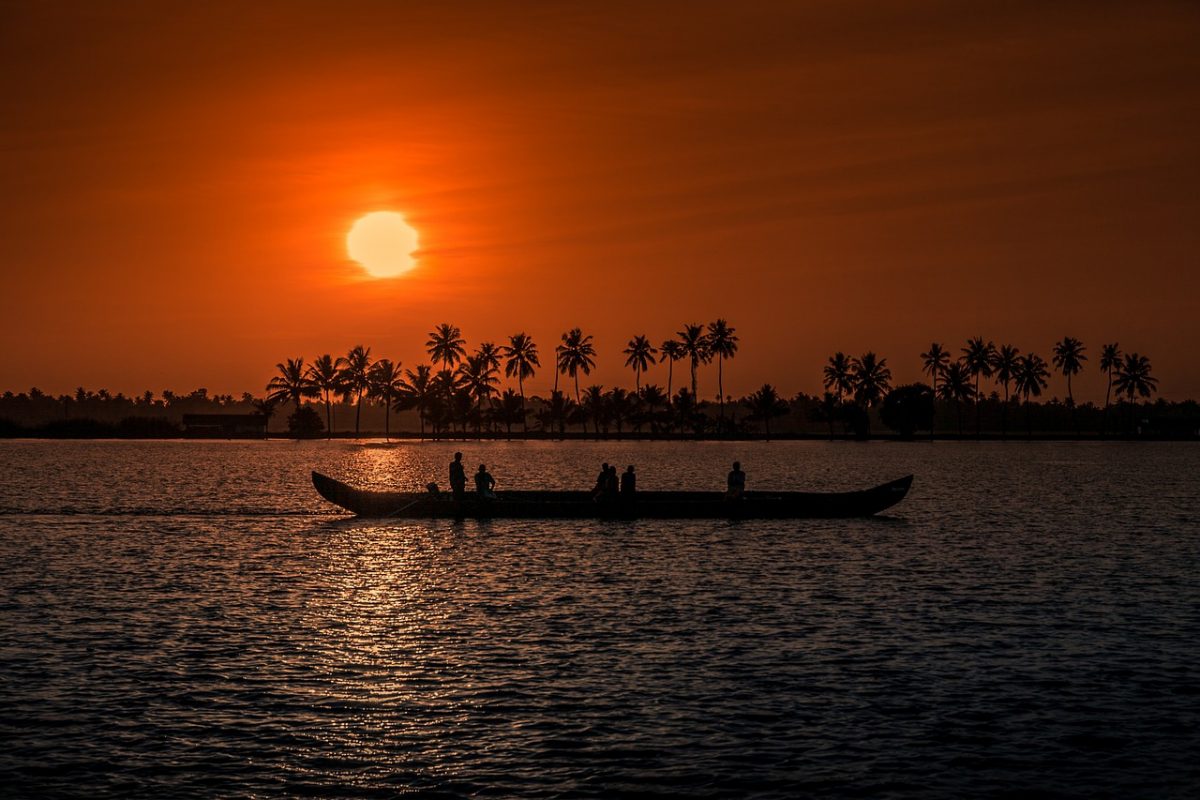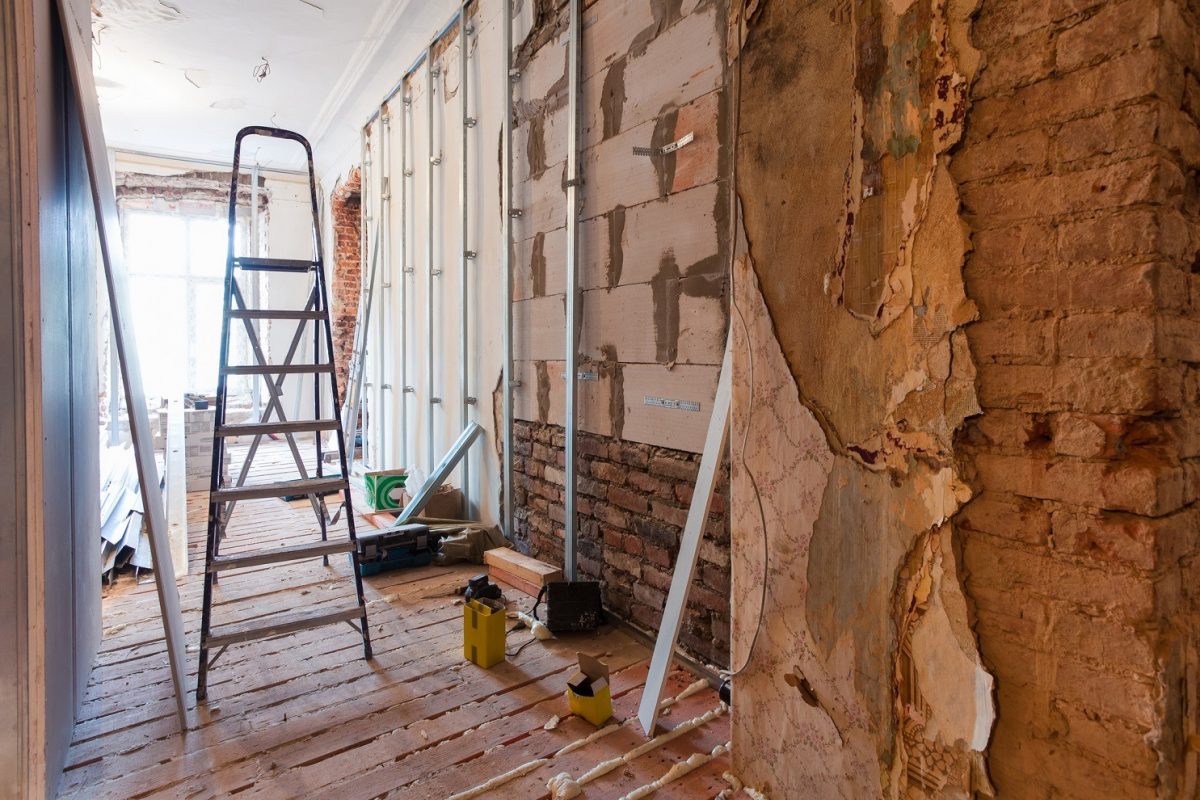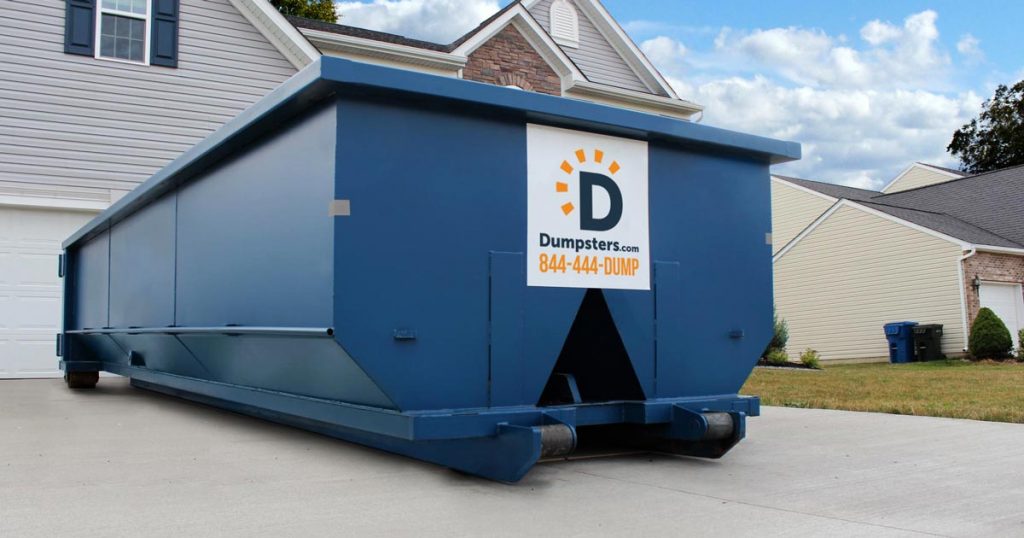Introduction
Ever thought of plunging into the world of water sports with a fun-filled kayaking trip? If your answer is a resounding “Yes!”, this guide is perfectly tailored for you. If it’s a hesitant “Maybe…?”, let’s embark on this journey together and dispel any uncertainty.
While kayaking might seem like a challenging undertaking at first glance, once you understand the basics and hone essential skills, it transforms into a delightful, immersive experience. Few activities balance the rush of adrenaline with the calming rhythm of the waves quite like kayaking. This article is designed to guide you from start to finish, ensuring you’re armed with the right knowledge for your first kayak hire experience.
Injecting life into your weekend or holiday, kayaking is the perfect blend of adventure, exploration, and tranquillity. Whether you’re interested in wildlife spotting or just floating around with a friend, your maiden voyage can be anything you dream it to be.
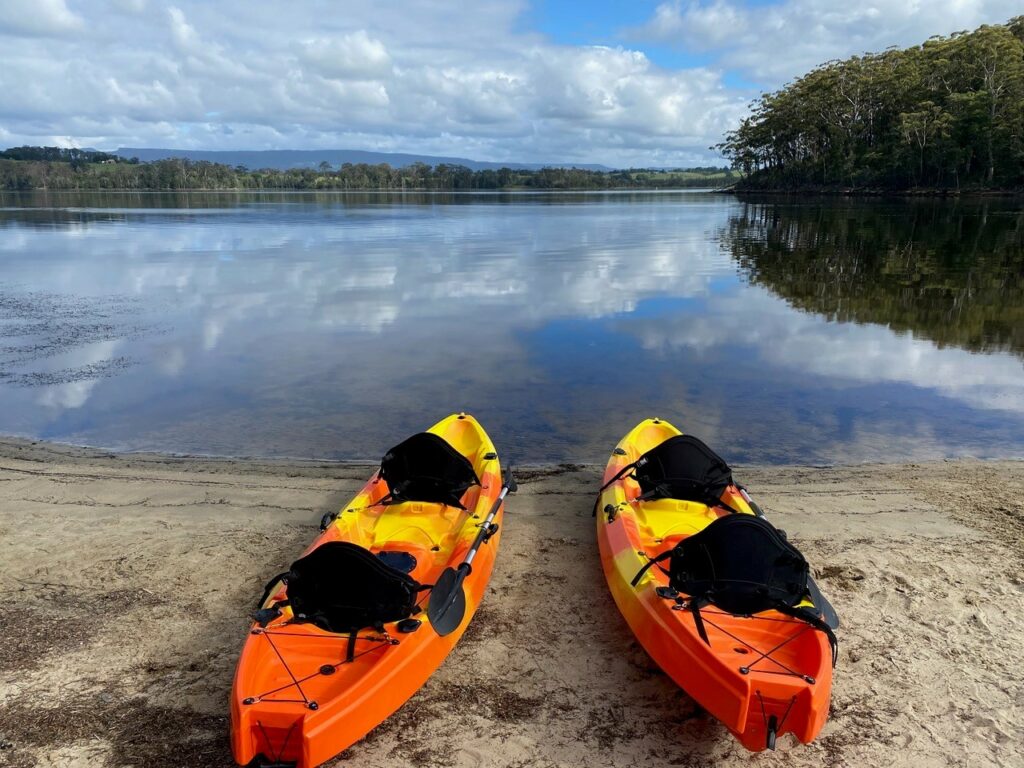
Why Kayaking?
As intimidating as it might seem, there are countless reasons why kayaking is an excellent activity for first-timers. It is a versatile sport, appealing to diverse people with varying fitness levels and interests. Kayaking incorporates fitness, relaxation, and exploration into a well-rounded adventure, include it in your bucket list if it isn’t already on it.
Kayaking can also enhance your interaction with nature, granting an intimate familiarity with local ecosystems. No two kayaking routes are the same, ensuring each adventure offers a tantalizing fresh perspective.
What to Know Beforehand
There’s no denying that a good understanding of the basics is hugely beneficial for a productive and safe kayaking experience. From the kayak itself, to handling the paddle, understanding safety protocols and weather conditions, each factor plays a decisive role.
The Right Equipment
Quality equipment is non-negotiable for any water-sports adventure, especially kayaking. As a rule of thumb, always make sure your kayak and accessories are in top form before setting sail. Life jackets, helmets, and a first-aid kit are essential items to consider at the time of your kayak hire.

Skills to Master
As a novice, you might wonder how to paddle correctly or keep your balance in the kayak. These are vital skills to learn, and luckily, there are plenty of instructions and training sessions available to get you up to speed.
Pros and Cons of Kayaking
Despite its rage of benefits, kayaking does have its downsides. The chance of toppling over can seem daunting, as can the physical exertion involved. However, once you become comfortable in the kayak and build up your fitness, these challenges tend to dissipate.
Common Mistakes to Avoid
First-timers often make several mistakes which lead to discomfort or accidents. Outlining these pitfalls and knowing how to avoid them will ensure your kayaking experience is as smooth as possible.
Conclusion
Kayaking activities provide newcomers with an unforgettable experience filled with thrill and serenity. Yes, you’ll miss a paddle stroke or might wobble in the kayak – but remember, every pro was a beginner at some point.
As you take these lessons on-board, you are already halfway across the sea of doubt. All that’s left to do is hire a kayak and start paddling. Discover your adventure spirit, conquer that water body, and above all, remember to have fun!


 This LAFC Smoke Eater is 98.6% Recyclable
This LAFC Smoke Eater is 98.6% Recyclable